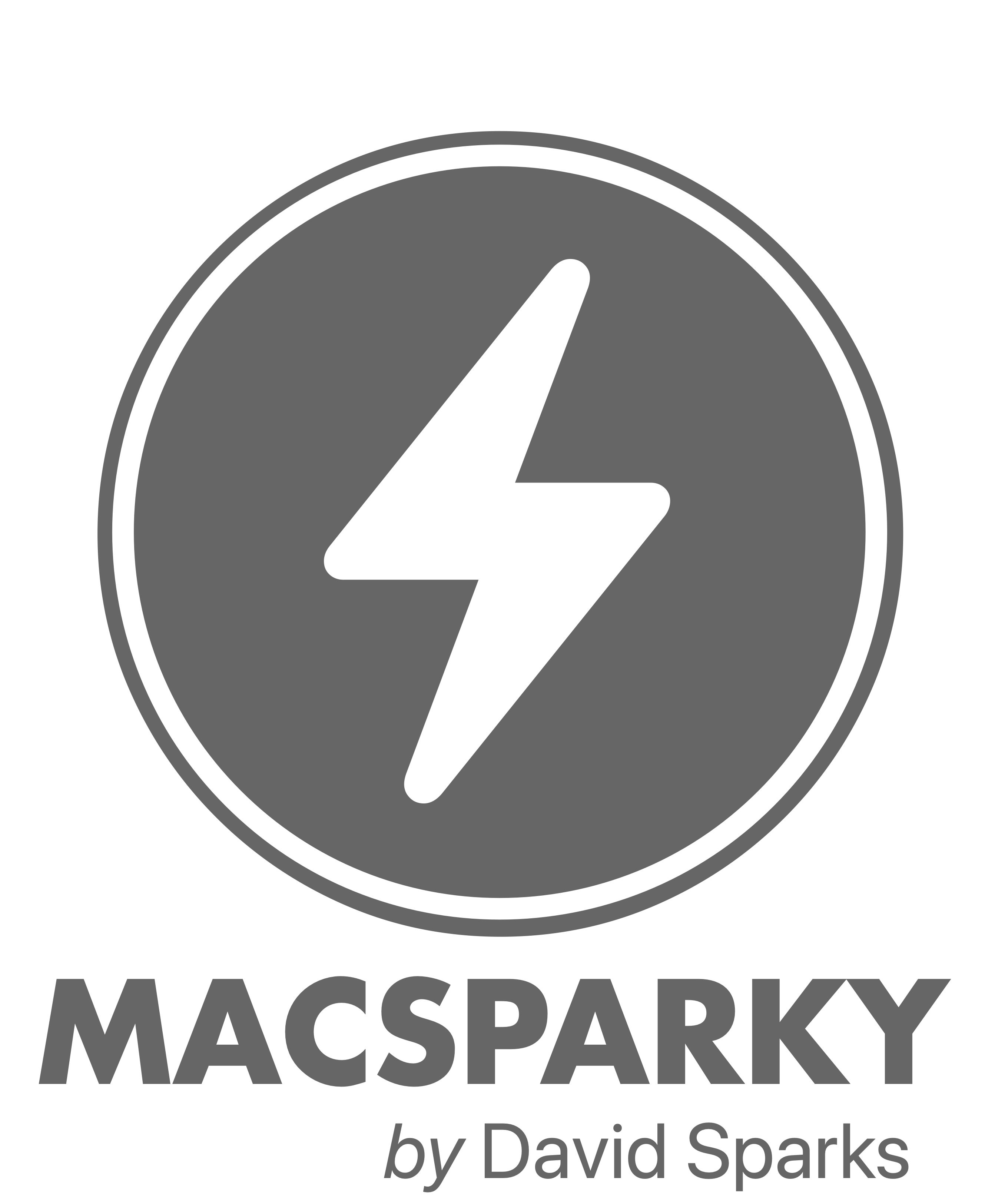Yesterday Apple announced two-factor authentication for iCloud accounts. I immediately enabled mine and it was no trouble at all. Apple still is really good at taking complex technologies and making them simple to understand and implement.
The idea behind two-step authentication is that you need two things to reset your password or get access to your account from a new device. In this case, you would need your iCloud password and a secret code sent to your iPhone or iPad or a double-secret code they send you that you are hopefully locking away in your 1Password database.
In my initial draft of this post, I recommended that you wait a week or two before enabling this so we could make sure all the kinks were worked out. But after having done it personally, I think this is good to go. Enable it on your account and make sure to sent this along to your non-geek friends and family members. If you need any help, MacStories did a nice walk-through. Apple also has a FAQ.










